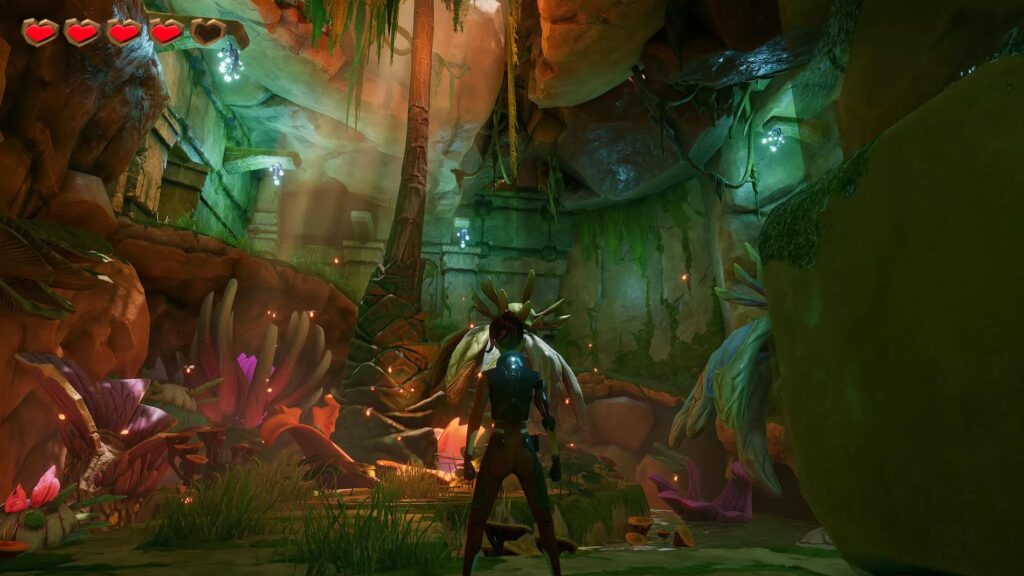Gamification in education is a revolutionary approach that has transformed traditional learning methods, making them more interactive, engaging, and fun. It leverages the innate human love for games and applies game design elements to educational contexts, aiming to maximize enjoyment and engagement by capturing the interest of learners and inspiring them to continue learning.
The critical importance of gamification in education lies in its ability to involve learners actively. Unlike conventional methods that often lead to passive learning, gamification encourages active participation by incorporating elements such as point scoring, competition, and rules of play. This approach not only makes learning more enjoyable but also promotes a better understanding of the material, as interactive participation aids in memory retention and practical application of knowledge.
One of the key reasons gamification is so effective in education is its capacity to motivate. By offering rewards, whether they be points, badges, or levels, students are driven to strive for a goal, which in turn fosters a sense of accomplishment. This motivation is not limited to the brightest or most talented students; gamification has a unique way of drawing in students who might otherwise be disengaged, helping to level the educational playing field and providing every student with an opportunity to succeed.
Moreover, gamification supports the development of problem-solving skills and critical thinking. Many educational games are designed to present challenges that require students to think critically and devise strategies to overcome them. This encourages learners to engage with the material at a deeper level and to develop valuable life skills that go beyond the classroom.
Social interaction is another critical aspect of gamification. Many educational games require students to work in teams or compete against each other, promoting communication and collaboration skills. This can be particularly beneficial in fostering social involvement among students, encouraging them to work together and learn from one another.
Furthermore, the digital nature of many gamified learning activities is in line with the technological orientation of modern society. Students who are digital natives find that gamification speaks their language, making learning more relevant to their everyday lives and thus more engaging.
gamification in education is not just a fleeting trend; it’s a critical evolution in teaching that responds to the changing needs of students in the 21st century. By involving learners in a dynamic and interactive way, gamification not only makes education more enjoyable but also more effective, equipping students with the knowledge and skills they need in a way that is both fun and inspiring.





Building upon the foundational benefits of gamification in education, we can extend the conversation to how technology-rich environments enhance learning experiences. The images provided suggest a high-tech, immersive gaming scenario that can be analogous to sophisticated educational simulations and virtual reality (VR) learning environments.
Incorporating advanced simulations and VR in education takes gamification to a new level. These technologies create rich, immersive worlds where students can explore, experiment, and learn through direct experience. For instance, science students can venture into detailed simulations of human cells, history students can walk through ancient civilizations, and language learners can practice in virtual settings that mimic foreign cities. These experiences are not just visually engaging; they also provide a multi-sensory learning environment that can cater to various learning styles.
Educational simulations and VR also allow for the kind of experiential learning that is hard to replicate in a traditional classroom. By virtually placing students in different scenarios, educators can offer practical, hands-on experiences. For example, medical students can perform virtual surgeries, a task that combines the thrill of a game with the gravity of real-life surgery. This type of gamified learning is not just memorable, but it can also help students to develop fine motor skills and decision-making abilities in a risk-free environment.
Moreover, these immersive gamified experiences can foster critical life skills such as adaptability, problem-solving, and resilience. When students navigate through complex virtual landscapes, they often face challenges and puzzles that require creative solutions. This can encourage a growth mindset, where students understand that abilities can be developed through dedication and hard work.
Furthermore, the collaborative aspect of many games can be leveraged to teach teamwork and leadership. Multiplayer scenarios require players to communicate, strategize, and sometimes lead or follow, mirroring real-world social and professional situations. When applied in an educational context, these experiences help students to learn how to work effectively with others, a skill highly valued in today’s collaborative work environments.
The integration of gamification with cutting-edge technology like VR and simulations represents the next frontier in education. It offers students engaging, effective, and experiential learning opportunities that can prepare them for the complexities of the modern world. These technological tools are not just about playing games; they are about transforming the educational landscape by making learning an adventure that students are eager to take.
